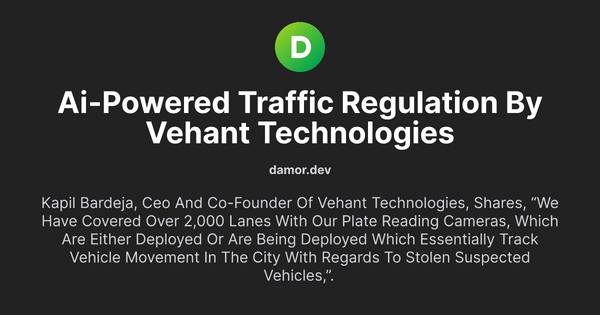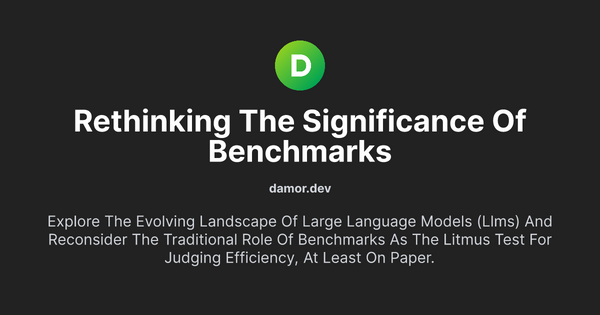Revolutionizing Radiology: GPT-4's Superiority Over Traditional Methods

How GPT-4 Revolutionizes Radiology for Better Healthcare
Microsoft recently released a paper titled 'Exploring the Boundaries of GPT-4 in Radiology,' shedding light on how GPT-4, a cutting-edge language model, outshines traditional radiology practices. Let's break down the key insights from this exciting development in simple terms.
Radiologist Shortage and Burnout: - In our country, there's a scarcity of radiologists. With only around 20,000 radiologists for a population exceeding 1.4 billion, the ratio is alarmingly low, affecting healthcare efficiency. The industry faces burnout among physicians, making it crucial to find scalable solutions. Microsoft's paper emphasizes the urgency to address these challenges.
GPT-4's Radiology Performance: - GPT-4's prowess in radiology lies in its ability to process and understand medical images, from X-rays to MRIs. Microsoft's study with AI healthcare startup Nuance found that GPT-4, in some cases, outperformed experienced radiologists in generating report summaries. It even showed a 10 percent improvement over existing models in certain tasks.
Multimodal Capabilities with GPT Vision: - The incorporation of GPT Vision makes GPT-4 truly multimodal, enhancing its capabilities. The ChatGPT app, available on both Android and iOS, allows radiologists to scan reports. GPT-4 interprets them, providing summaries, medication suggestions, and diagnoses. This integration broadens GPT-4's applications in healthcare.
Automated Structuring of Patient Reports: - GPT-4 can automatically structure complex and unstructured patient reports, making them more understandable. This is a significant leap forward, as organized reports can enhance healthcare professionals' understanding, improve information searchability, and contribute to research and quality improvement.
Real-world Data and Evidence Augmentation: - Structuring and standardizing radiology reports using GPT-4 can contribute to augmenting real-world data (RWD) and its use for real-world evidence (RWE). This supports comprehensive clinical trials and accelerates the application of research findings in clinical practice.
GPT-4 Beyond Radiology: - Generative AI is not limited to Microsoft's exploration. Studies have shown that chest radiograph reports generated by AI match the quality and accuracy of those by in-house radiologists. GPT-4, while a valuable assistant, shouldn't replace human judgment. Radiologists must verify its outputs, check sources, references, and evidence behind its texts.
Effective Use of GPT-4 in Healthcare: - Effective prompting is crucial when using GPT-4, especially in healthcare. Proper prompting ensures that a generalist GPT-4 model can perform comparably to a specialist on medical challenge problem benchmarks, as stated in a recent Microsoft report.
GPT-4's Transformative Impact: - Beyond radiology, GPT-4's capabilities extend to translating medical reports into more empathetic and understandable formats for patients and healthcare professionals. As one user shared, "GPT-4 is reading scans and creating radiology reports — sometimes better than experienced doctors! Imagine this being applied to blood tests and all other kinds of diagnostic tests. Medicine is going to change forever."
In conclusion, GPT-4 marks a significant advancement in healthcare, particularly in radiology. While it isn't a replacement for human expertise, its transformative impact and broad applications promise a positive shift in medical practices.


![[Solved] ZlibError:zlib:
unexpected end of file - payload](/content/images/size/w600/2024/02/Screenshot-2024-02-18-143905.png)


